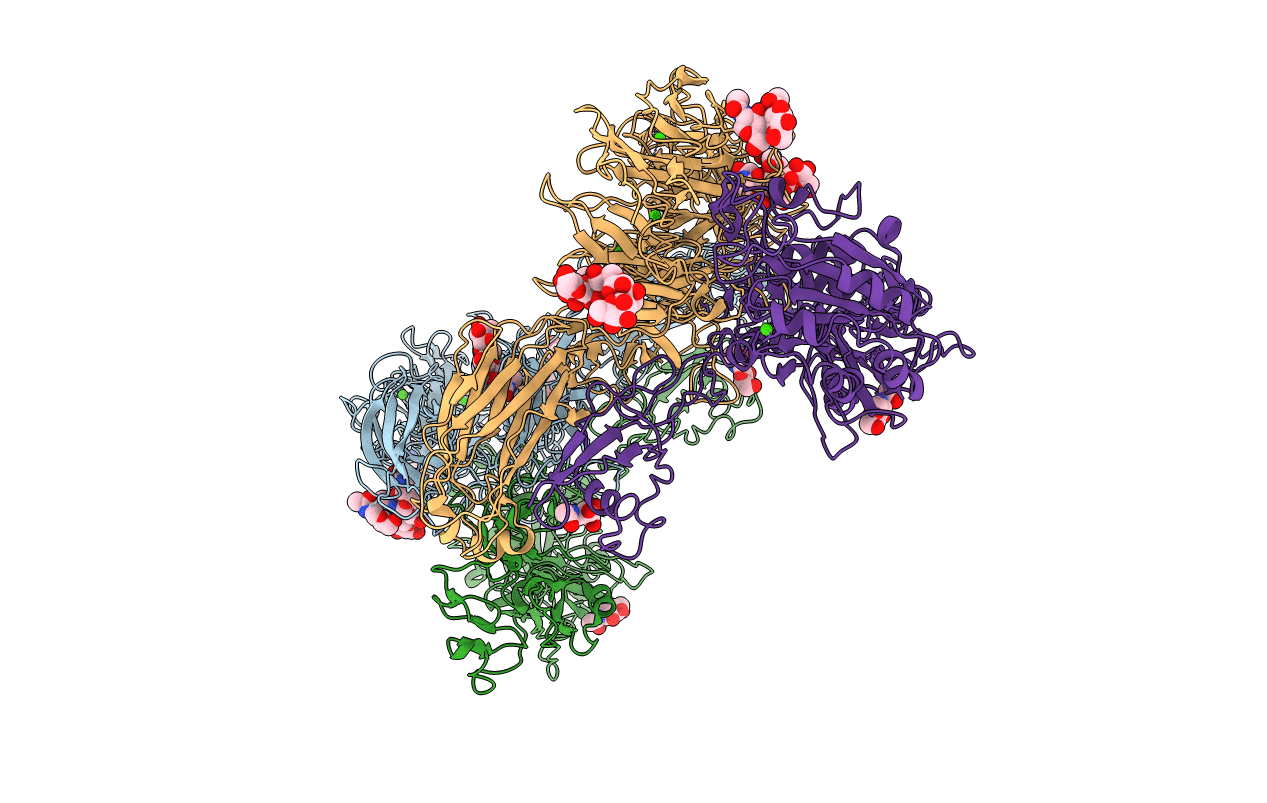
Deposition Date
2009-10-11
Release Date
2010-01-12
Last Version Date
2024-11-27
Method Details:
Experimental Method:
Resolution:
3.70 Å
R-Value Free:
0.33
R-Value Work:
0.31
R-Value Observed:
0.31
Space Group:
I 21 21 21


